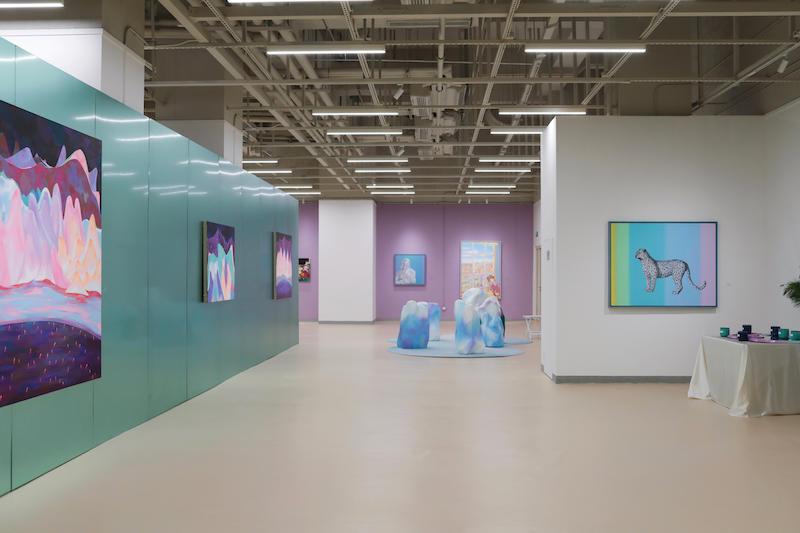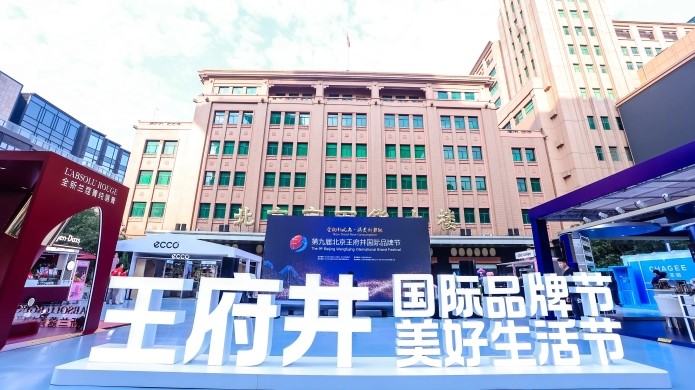Grand Canal Culture Spotlighted in Stone Rubbings Show
To bring audiences closer to stories in history of the Grand Canal Cultural Belt, an exhibition featuring rubbings taken from stone tablets along the banks of the canal is now underway at Haidian district's north cultural center.
Held by Haidian district's culture and tourism bureau, the exhibition brings together stone rubbings collected from six districts of Beijing — Changping, Haidian, Xicheng, Dongcheng, Chaoyang and Tongzhou -- which present the evolvement of the economy, religion, folk customs and other aspects in these areas.
Rubbings taken from masterpieces of calligrapher Zhao Mengfu (1254-1322), painter Dong Qichang (1555-1636), Qing Dynasty (1644-1911) Emperor Yongzheng and Emperor Qianlong, and other historical individuals are also displayed in the exhibition.
Ren Hui, one of the curators, says that the stone rubbings, as a unique carrier of Chinese culture, could faithfully tell stories about the vicissitudes of the Grand Canal.
"To systematically display these rubbings would help people know more about the artistic value and historical value of the Grand Canal culture," he adds.
The exhibition will run through Dec 6.



